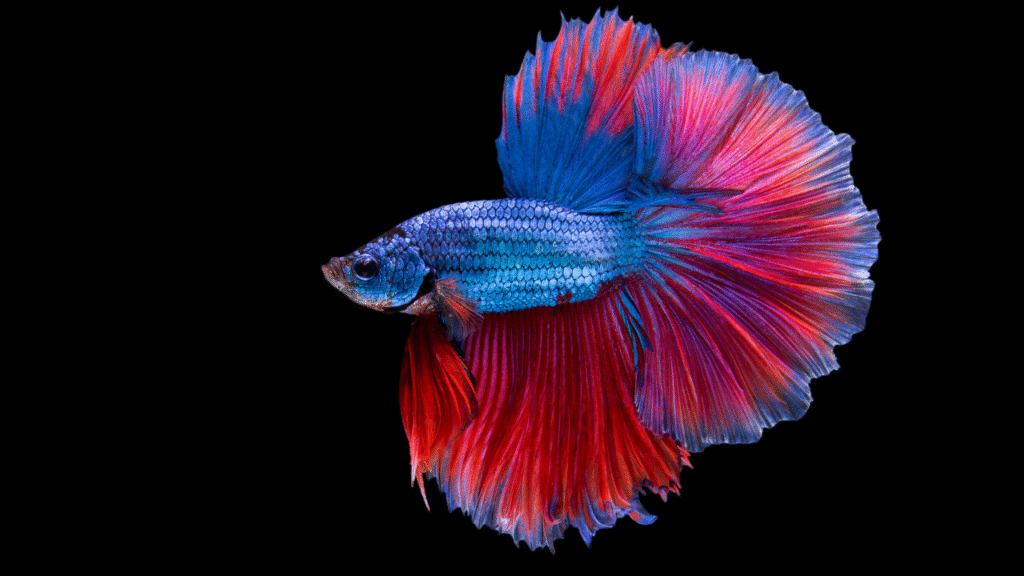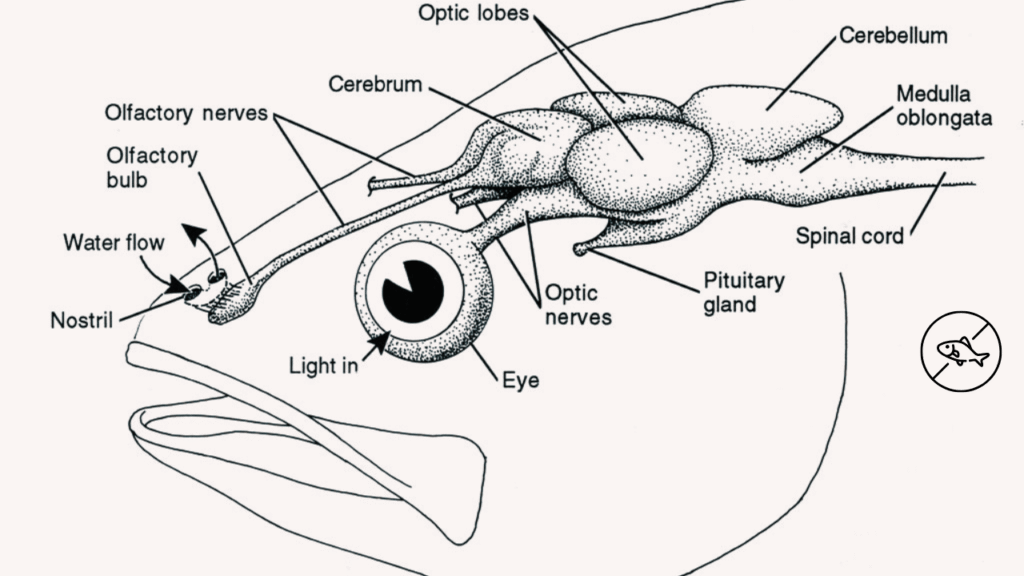Fishing is more than just a relaxing pastime or a survival skill — it’s a massive global industry and a beloved activity that connects millions to nature and sustenance. Simply put, fishing is the act of catching fish from rivers, lakes, or oceans, whether for food, sport, or commercial purposes. It can involve anything from a humble rod and reel by the lakeside to high-tech trawlers dragging nets across vast seas.
Fishing isn’t just a human hobby — it’s a vital part of food security and economies worldwide. The process includes catching fish for direct consumption, export, recreation, or even aquarium trade.

Which Country Has The Most Fishing?
When we talk about fishing volume, China reigns supreme. China dominates global fish production, harvesting over 60 million metric tons annually — nearly one-third of the world’s total catch. This is thanks to its vast coastline, numerous rivers, and advanced aquaculture industries.
Following China, countries like Indonesia, India, the United States, and Peru also contribute significantly to global fish harvests. These nations leverage both wild capture fisheries and aquaculture to meet demand.
READ MORE: IS FISHING A SPORT?
Where Is Fishing Most Consumed?
Seafood lovers around the world enjoy fish, but consumption is highest in Asian countries, especially in Japan, China, and South Korea. Fish is a staple in these diets, integrated into daily meals ranging from sushi and sashimi to curries and soups.
European countries like Spain, Portugal, and Norway also have high per capita fish consumption, reflecting strong cultural ties to fishing and coastal living. In contrast, inland countries often have lower fish consumption due to limited access and dietary preferences.

Which Countries Lead Fishing Import & Export?
When it comes to trading fish, the story is global. China is both the largest exporter and importer of fish products. It imports seafood for processing and re-exports it worldwide.
Norway is a top exporter, famous for its salmon, supplying markets in Europe, Asia, and the US. Thailand and Vietnam are key exporters of seafood like shrimp and canned fish.
On the import side, the United States, Japan, and the European Union are major consumers, bringing in large quantities of fish to meet domestic demand.
Do Fish Like Light?
Fish and light have a complicated relationship. Generally, many fish are attracted to light, especially at night. Fishermen often use bright lights to lure fish like squid and anchovies, which gather near illuminated areas to feed.
However, not all fish respond the same way — some avoid light to stay hidden from predators, while others rely on it for hunting. Light influences fish behavior, feeding patterns, and migration.

Do Fish See Color?
Yes! Most fish can see colors, often even better than humans. Their eyes contain specialized cells called cone photoreceptors that detect different wavelengths of light, enabling them to perceive a vibrant, colorful underwater world. The range of colors a fish can see depends largely on its environment. Fish living near the surface, where sunlight penetrates fully, tend to see a broader spectrum of colors. In contrast, deep-sea species are limited to detecting fewer colors because low light conditions filter out many wavelengths. Color vision plays a crucial role in how fish find food, identify mates, and avoid predators. Some species even use color changes for communication or camouflage, making their color perception essential for survival.
Do Fish Have Night Vision?
Many fish species have adapted to low-light environments and possess night vision. Their eyes contain a high number of rod cells, which are more sensitive to light but do not detect color.
Fish like catfish, eels, and some deep-water species have excellent night vision, enabling them to hunt or navigate in the dark.
Still, fish night vision varies — not all fish can see well at night, and some rely on other senses like smell or lateral line detection to compensate.
Can Fish See The Color Red?
Fish can see colors, but whether they can see red depends on the type of fish and how deep they live in the water. In shallow waters, where sunlight penetrates easily, many fish can detect red just like we can. That’s because they have cone cells in their eyes that are sensitive to red wavelengths. But here’s the catch: red light is the first to disappear as you go deeper underwater. So in deeper zones, red turns almost invisible, and many deep-sea fish lose the ability to see it entirely. Some predators even use red to camouflage themselves in deep waters. On the flip side, certain species like goldfish and betta fish—who live closer to the surface—can recognize and even respond to red objects. So yes, fish can see red, but only when the environment allows it.

Can Fish Close Their Eyes?
Unlike humans, most fish do not have eyelids and therefore cannot close their eyes. Their eyes remain open at all times, keeping them constantly aware of their surroundings—a critical survival trait in the underwater world, where predators can strike at any moment. However, some fish species have a nictitating membrane—a thin, transparent layer that can slide over the eye to provide protection without fully closing it. While it doesn’t function like a human eyelid, it helps shield the eye from debris or injury. This constant state of alertness allows fish to respond quickly to both threats and opportunities in their environment.
Can Betta Fish See In The Dark?
Betta fish, like many freshwater species, have reasonably good low-light vision, but they cannot see in complete darkness. Their eyes rely on some level of ambient light to detect shapes, movement, and changes in their environment. In total darkness, bettas turn to their other senses—especially their lateral line system, a special organ that detects vibrations and pressure changes in the water. This helps them navigate and respond to their surroundings even when visibility is low. To keep bettas healthy and stress-free, it’s important to maintain a regular day-night light cycle in their tank, mimicking natural conditions as closely as possible.

Do Fish Have Nostrils?
A vibrant Betta fish glides gracefully through a dimly lit aquarium, its flowing fins and alert eyes capturing attention. This scene reflects how Betta fish rely on low-light vision along with their lateral line system—a specialized sensory organ—to detect movement and navigate their environment even when visibility is limited.

Do Fish Hear?
Absolutely! Fish can hear sounds and vibrations through two main systems: their inner ears and the lateral line system, a unique set of sensory organs running along their body. These organs detect low-frequency noises and subtle water movements, helping fish communicate, avoid predators, and find prey. Unlike humans, fish don’t have external ears, but their inner ear structures are perfectly adapted for underwater hearing. This specialized design allows them to “listen” effectively in their aquatic world, even without visible ears.
















